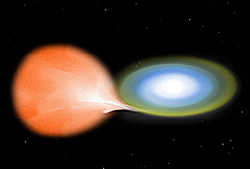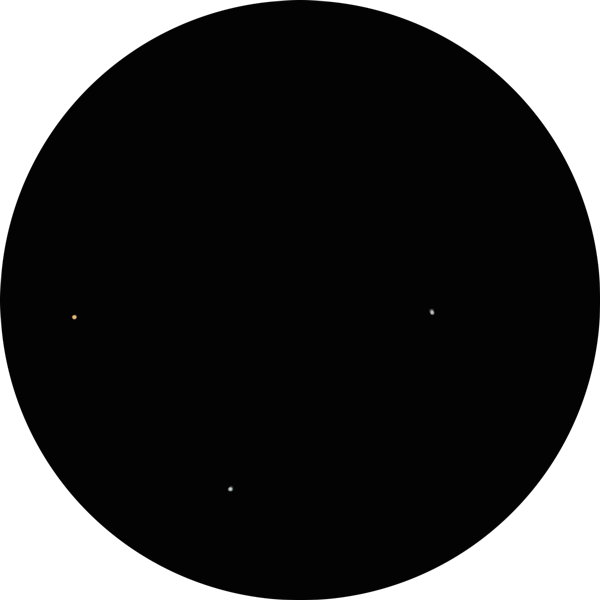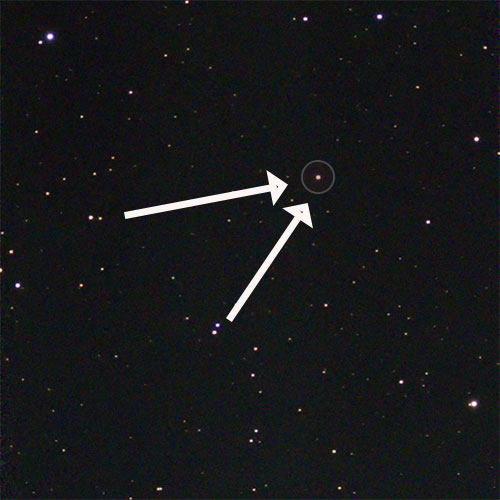News of the binary star T Coronae Borealis has been generating buzz in recent months, with excitement mounting as the star is expected to go nova any day now. When it happens, the faint star will increase in brightness and shine as brightly as the North Star in the nighttime sky. It will appear in the constellation Corona Borealis. You can find this constellation’s semi-circular arc of stars between the more famous constellations of Boötes and Hercules. Any astronomy app on your phone will lead you to the right place in the sky.
A recurrent nova is a rare occurrence—only ten have been identified so far in our galaxy! Seeing T Coronae Borealis go nova soon will be truly a once-in-a-lifetime experience.1 Novas, and supernovas for that matter, are special stellar events. I’m grateful I’ve experienced a few in recent years with the RS Ophiuchi nova in 2021 and the supernova in Messier 101 in 2023. These have been great opportunities to see the firmament come to life.
Why will T Coronae Borealis go nova soon?
T Coronae Borealis is a recurrent nova, which means it has periodic nova outbursts. In this case, T Coronae Borealis goes nova every 80 years. The last time was in 1946 when American astronomer Armin Deutsch observed the star brighten. Before then, Irish astronomer John Birmingham documented the nova in 1866.
What’s causing the recurrent nova?

T Coronae Borealis is a binary star system comprised of a red giant and a white dwarf. Since its recent explosion in 1946, the red giant has been steadily emitting its gas and dust into a growing disk around the nearby white dwarf in a spiral pattern.
Very soon, the pressure and temperature at the base of the disk—called an accretion disk—will become high enough, and a thermonuclear explosion will occur. The light from this great explosion, from 2,700 light years away, will appear as a brightening star for a few days before dimming in the blackness of night.
My Observations
| Date | June 18, 2024 |
| Time | 10:45 p.m. |
| Location | Seattle, WA |
| Magnification | 169x |
| Scope | Meade 8″ SCT |
| Eyepiece | 12mm |
| Seeing | Average |
| Transparency | Average |

Photo of T Coronae Borealis on June 18, 2024


My telescopes are aimed high in the sky, staring down T Coronae Borealis. The Seestar S50 draws out more and more stars with each minute of exposure (shown above). Meanwhile, three stars appear in the eyepiece of my 8-inch optical scope. The moon, almost full, has been sliding up the firmament every minute, blowing out my darkened sky, but I’m still able to pinpoint the white/yellow hue of T Coronae Borealis. I hope, along with so many, that soon, this pinpoint of light will grow into a blazing star.
Key Stats
| Constellation | Corona Borealis |
| Best Viewing | Spring / Summer |
| Visual Magnitude | Usually +10.4 |
| Distance from Earth | 2,700 ly |
| Separation between white dwarf | .3″ | 250 AU |
| Milky Way Location | Orion Spur |
| Designations | T CrB, SAO 84129, HR 5958, HD 143454, HIP 78322 |
Sources and Notes
Banner adapted from an illustration created by Pablo Budassi. The illustration is licensed under the Creative Commons Attribution-Share Alike 4.0 International license. Full details here.
Martoglio, S. (2024, March 20). Stellar sightings: Upcoming visible recurring nova. The DePauw. https://thedepauw.com/stellar-sightings-upcoming-visible-recurring-nova/
Sketch and photographs by Wayne McGraw
